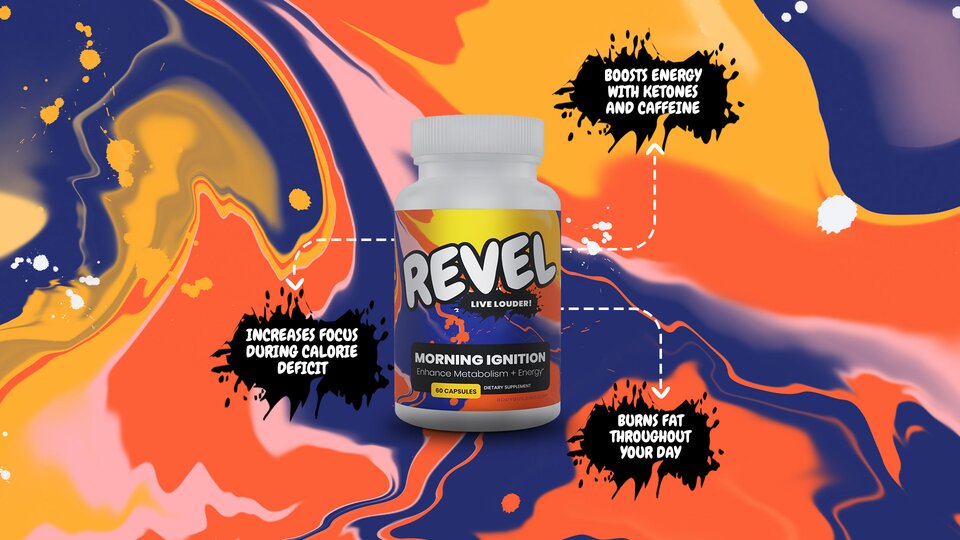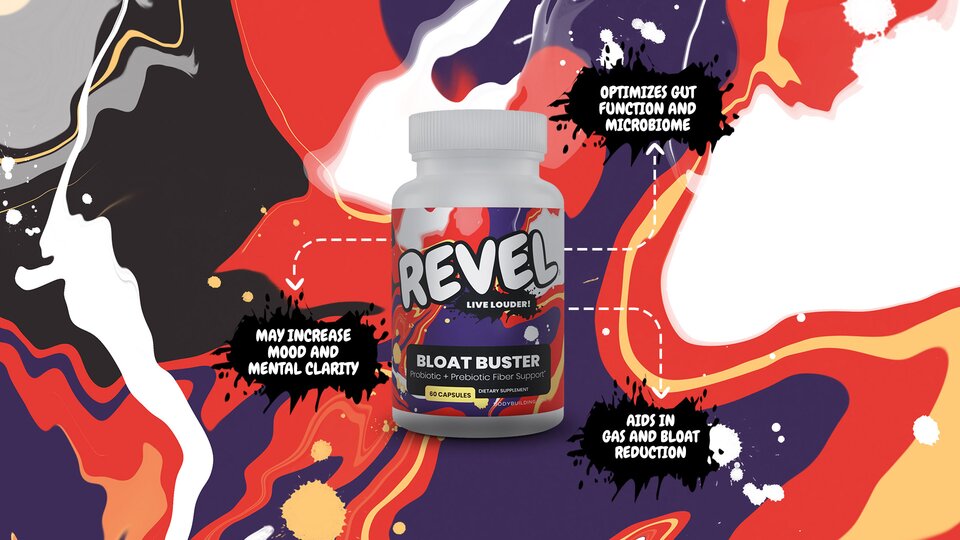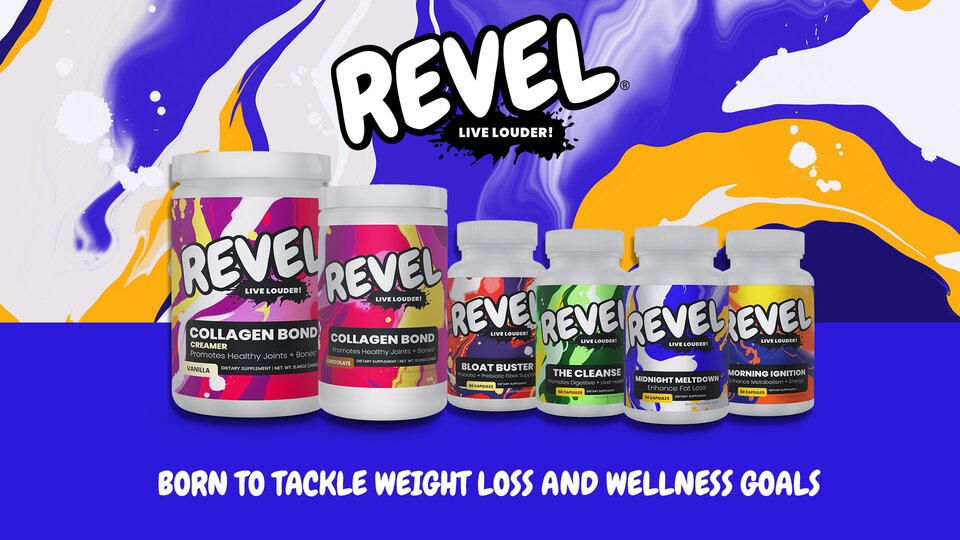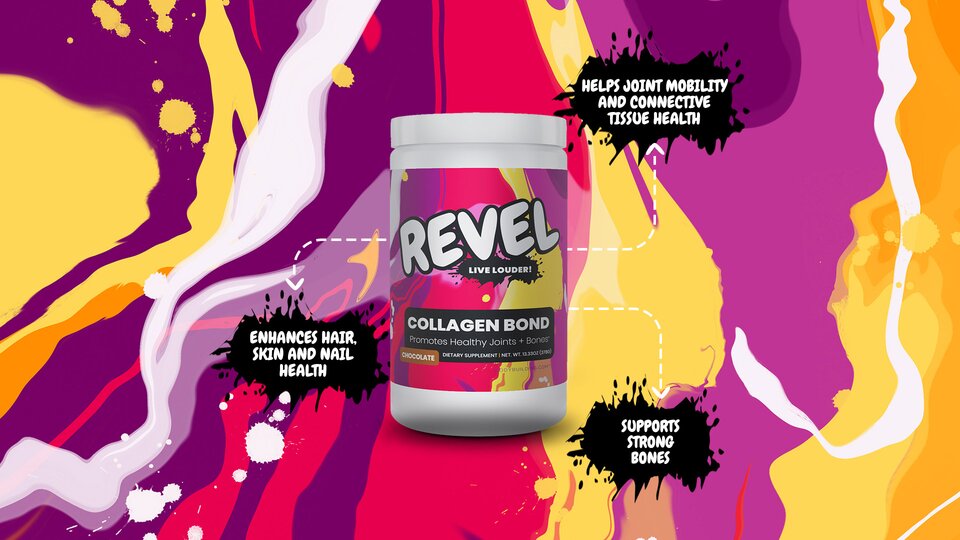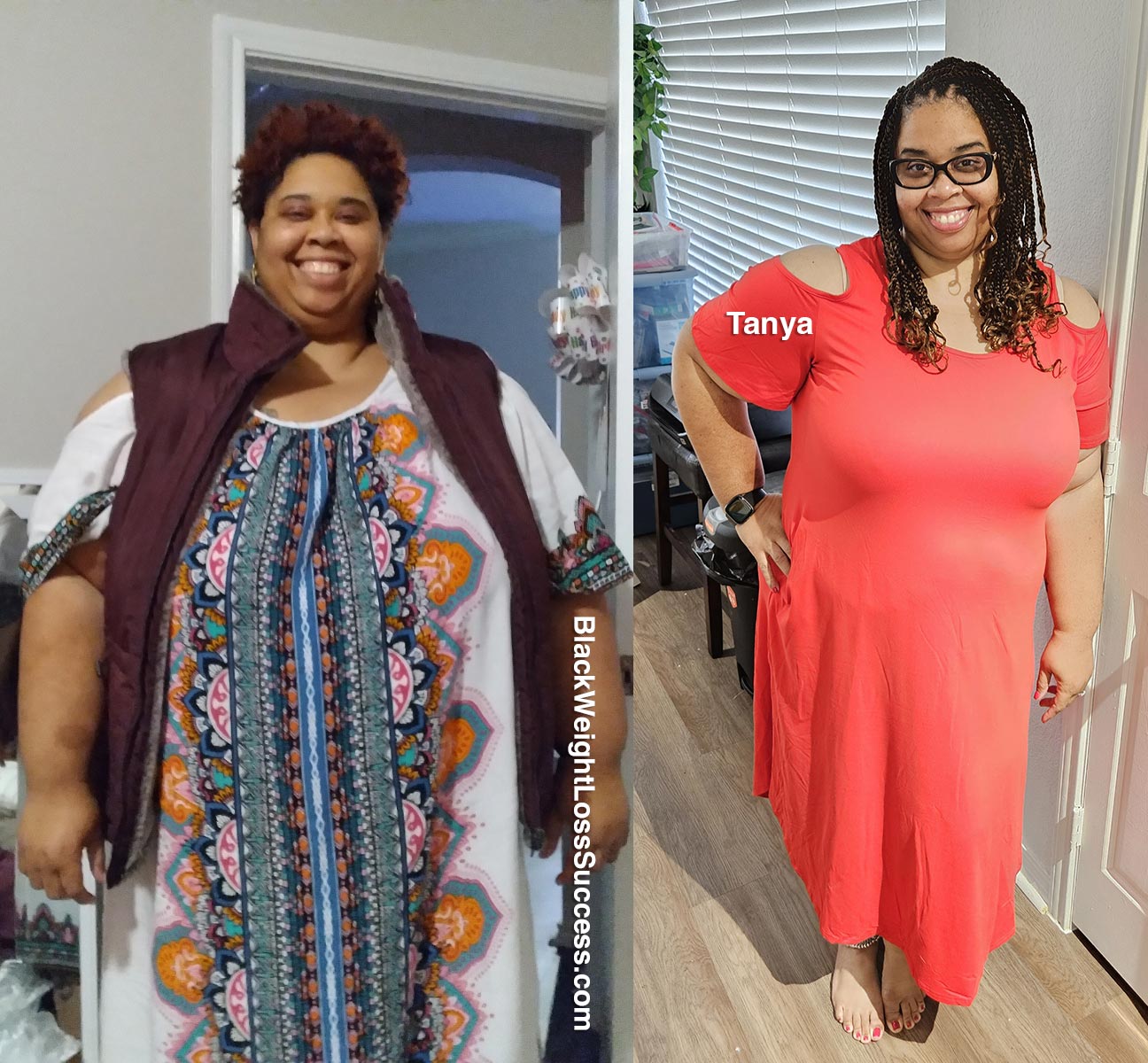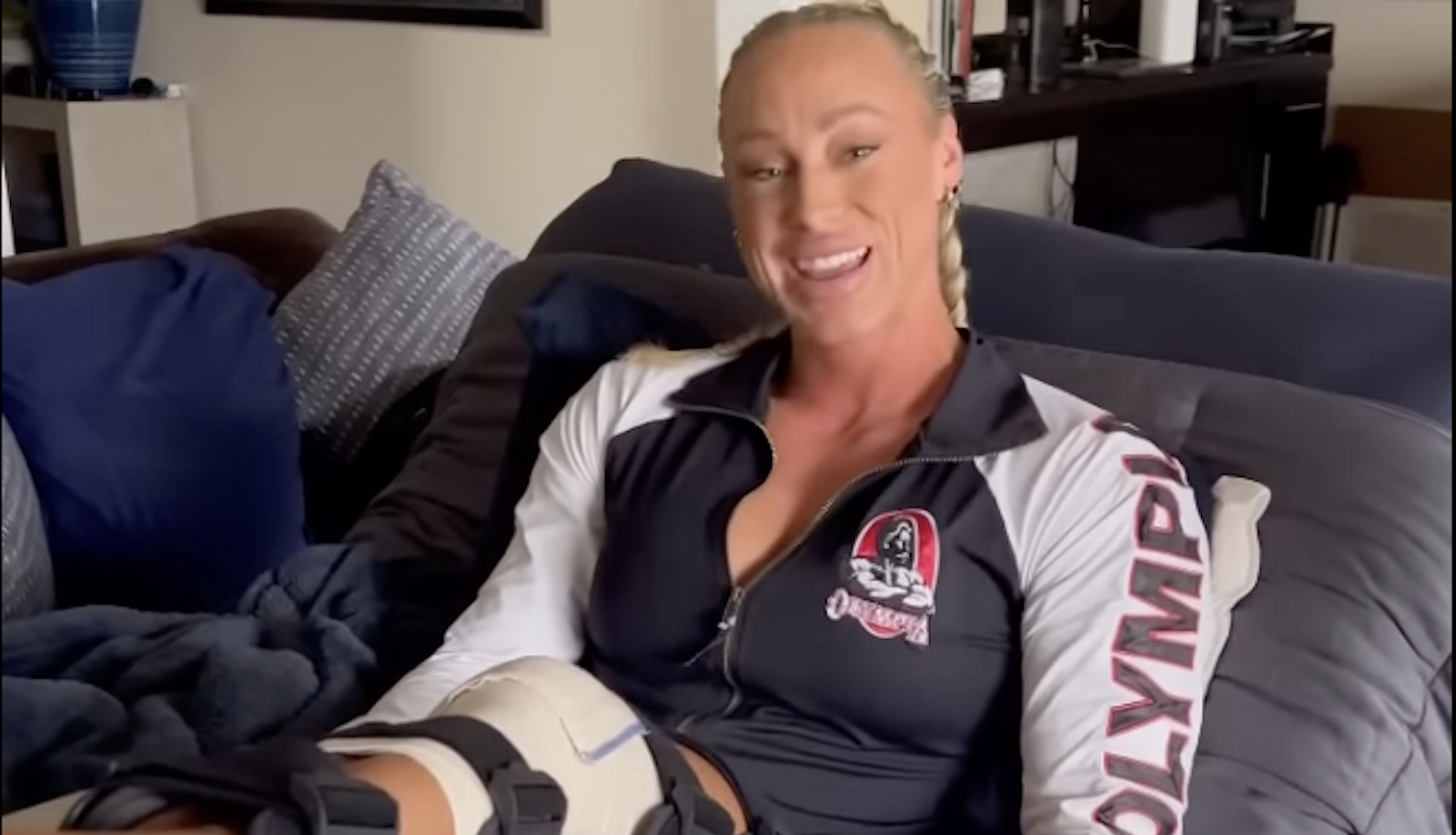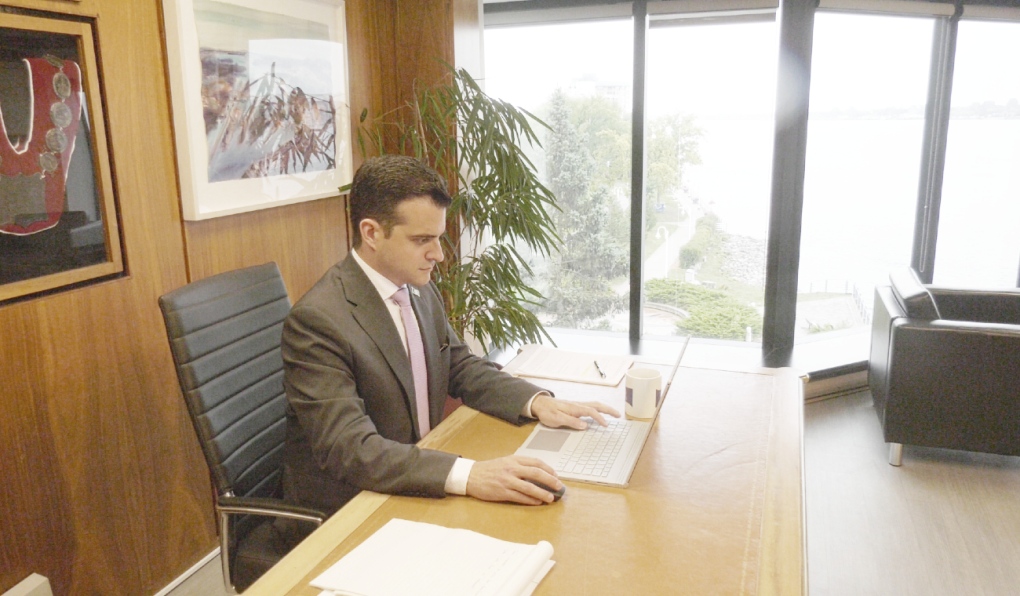Five years ago, Sandra Statz, a beauty executive with experience driving strategy and innovation for blue-chip brands like Guerlain and La Mer, was diagnosed with rheumatoid arthritis, an autoimmune disease, and fibromyalgia, a pain disorder.
Within six months, her joint and muscle pain became so severe that she could barely walk or even bathe herself. Anti-inflammatory medications eventually relieved some of her pain, but then, in late 2019, she began experiencing acute pain radiating from her back and abdomen.
Diagnosed with yet another condition, adenomyosis, in which endometrial tissue grows into the muscular walls of the uterus, Statz had only one option to treat the condition— a hysterectomy. The surgery was successful, but her recovery required weeks of bed rest. Losing her independence and mobility yet again drove Statz, a self-described “boss” who could tackle “anything you threw at me,” into a deep hole of anxiety and depression.
In early 2020, after initially rebuffing suggestions from a friend that she explore psychedelic therapy, Statz decided to try ketamine treatment. A dissociative drug that has been used in anesthesia for more than 50 years, ketamine, when administered off-label for therapeutic purposes, is a promising new treatment for depression and other conditions, including PTSD. According to experts who study its effects, it works by triggering reactions that enable the brain to grow new neural connections, which in turn help people develop resilience. In conjunction with talk therapy, which experts recommend for patients to integrate the emotions they experience while taking ketamine, Statz underwent six sessions of intravenous treatment and credits it with helping her regain a sense of peace, stability, self-compassion, and command.
It also inspired her to develop A.P. Chem, the skincare brand she developed with her cofounder, Sherwin Parikh, MD. The formulas are infused with alternative mood enhancers typically found in oral supplements. A.P. Chem partners with the Ketamine Fund, a charity cofounded by her best friend, Warren Gumpel, who introduced her to ketamine treatment. The fund helps cover the cost of ketamine treatment for veterans, and A.P. Chem matches customers’ donations to the fund. Now Statz has a new title: proud advocate of alternative treatments for mental and physical health.
Here’s her story
When I first got sick, I couldn’t walk properly, so I had a hard time socializing. I couldn’t do things that came to me easily before. I don’t like to play the sad card, but when I described my condition to people, they would say, “But you look fine.” The truth was that my shoulder had been partially dislocated for six months due to severe inflammation. The pain was brutal, and it got to the point where I couldn’t use my digits because my hands were clamped into fists. The fact that I had to ask somebody to help me bathe shook my world.
It took almost nine months to find a good rheumatologist who put me on the right treatment protocol. I finally started to feel better. I was on an upswing. Then, a couple months later, bam—excruciating pain in my back and abdomen from the adenomyosis. I was back in the hospital having surgery and was told my recovery required almost two months of bed rest. And, to minimize the chance of infection, I had to stop taking my RA medication. I felt like I had hit a wall. The universe had crushed my spirit. Was this my life? Would I always be in hospitals and in bed? That’s what led me to pursue ketamine treatment. Warren had had similar chronic physical pain, which understandably led to mental health struggles. He had done ketamine therapy and had been talking to me about it for a few years. Initially, I said, “That sounds crazy, but if it worked for you, that’s great.” But I got to the point where I said, “Okay, I’m in.”
It’s important for people who are considering ketamine treatment to make sure they have no contraindications based on any medication they’re taking or any conditions they might have. My doctors did a full workup and confirmed that I had none. You also want to make sure you go to a reputable clinic. I did my treatments in Florida and New York City in clinics that Warren had vetted. At my first appointment, the staff talked me through what was going to happen, and answered all my questions about what I would feel like on ketamine. I mean, in high school, I smoked pot maybe once. I had never experienced another level of consciousness, so I really wanted to know what I was going to feel like during and after the treatments. They reassured me that I would be safe and told me that rather than being all the way under, I would be in: able to stay present and experience my thoughts and feelings. Being in the right setting—with a doctor and their team telling me what to expect and talking to me about the work I wanted to do—was really important.
The first time I did it, I was in a recliner with an eye mask and headphones on. I saw lots of colors and patterns that moved fluidly and shifted from one to another, as if I was looking through a kaleidoscope. It didn’t feel like an out-of-body experience, more like a dream. Afterward, I was kind of stunned. It was unlike any experience I had ever had. I felt awake and alive—and really proud, to be honest, that I’d made it through something I was so scared to do.
From one treatment to the next, I continued to see some of the same colors and patterns, but also lots of new things each time—abstract images that reminded me of how I had felt at previous points in my life that I hadn’t remembered or, more importantly, that I probably didn’t want to remember. In those moments, I would feel nervous or fearful, but only for a few seconds. I think I was supposed to see them, but in this safe space. Revisiting those feelings during my treatment led to a sense of release and even of euphoria. At least twice, in the middle of a treatment, I cried tears of joy.
After each session, I continued to feel more hopeful and excited. I realized I had been holding on to so much. I felt like a ton of bricks had been lifted off my body and a dark cloud had been lifted from my mind. One of the best experiences I had was when I saw a bunch of jelly balls bouncing on a plasma-like surface, and I knew I was one of them. I could feel myself as one of them. I felt weightless and free of pain. I also felt completely euphoric. By my sixth treatment, I couldn’t wait to go.
I want to make clear that this is not a magic cure. You should be integrating your experiences in treatment with a therapist. As luck would have it, my therapist is a doctor of energy medicine who specializes in the subconscious. She was like, “This is my jam. Let’s get to work.” The most moving part was the feeling of transcendence I experienced. When you’re in severe physical and emotional pain, being able to escape from your body was liberating. I was able to let go and just be, which had been the hardest thing for me.
The reason I became a ketamine advocate is that I was really shocked by how different I felt emotionally. If you suffer from depression, you don’t think there’s any way out. You just think it’s your life, and there’s no light at the end of the tunnel. After my first two infusions, my husband looked at me and said, “Oh my God, you’re back.” My whole mindset had shifted. Ketamine quickly pulled me out of that deep hole I had gotten sucked into. It also helped me address the trauma I had experienced from living with severe pain. Going into it, I dismissed the idea that chronic pain could be traumatic. But in my sessions, I was able to confront how the pain had affected me from a clear, almost elevated point of view and say, “Okay. Wow. This sucks. This has been crushing me.” To go from always being in control to having to have my husband carry me into the hospital to see my doctor was a trauma. And to be able to feel and accept that vulnerability was a huge breakthrough for me. My depression was all-consuming. After my infusions, I felt like myself again.
The pain that comes from an autoimmune and inflammatory disease is 100 percent real, even if you can’t see it. But your mental health can impact your physical health. It’s not “all in your mind.” While I would never say that ketamine treatment was a cure or a fix for the inflammation, it helped that, too. I still use tools to open things or use a pencil, but my pain and inflammation are not nearly as bad as before.
I was reluctant to tell people about my experience with ketamine, which I continue to use: I receive booster treatments every four to six months. But when I told my business partner, Sherwin, who is very interested in alternative treatments, he found it fascinating. He also saw how passionate I was about ketamine treatment, and we realized we could go even further with our brand by incorporating mood-enhancing ingredients into our formulas—like gamma-aminobutyric acid (GABA), a small-molecule neurotransmitter derived from glutamate, that helps to promote sleep and, when applied to skin, helps soothe inflammation and relax tense facial muscles that can cause wrinkles to form. Skincare is my and Sherwin’s passion. We wanted our products to really work, so it was amazing to uncover scientific papers that show these ingredients have benefits for skin.
We initially chose the name A.P. Chem as a nod to our fellow cool nerds and science geeks. Then Sherwin said, “Whoa. ‘A.P.’ is not just ‘advanced placement.’ It’s ‘alt-Pharma.’” And I was like, yes! We didn’t intend for A.P. Chem to be a mission-based brand, but because all these things came together, it became one. We’re not here to say that psychedelics are the right treatment for everyone. We just want people to know that they’re an option. From my experience, it can be life-changing to know your options.
Any content published by Oprah Daily is for informational purposes only and does not constitute medical advice, diagnosis, or treatment. It should not be regarded as a substitute for professional guidance from your healthcare provider.
You Might Also Like















